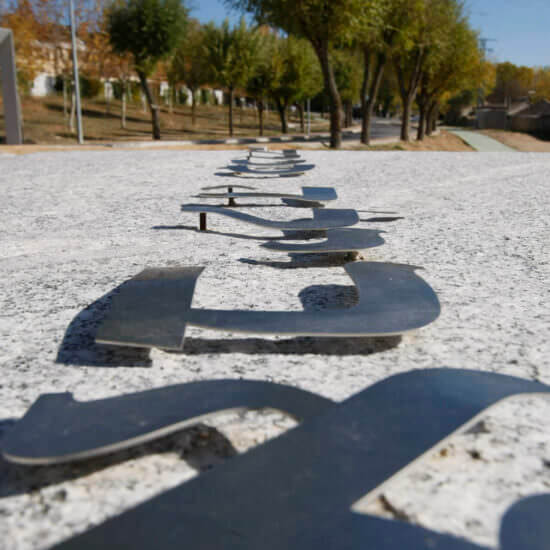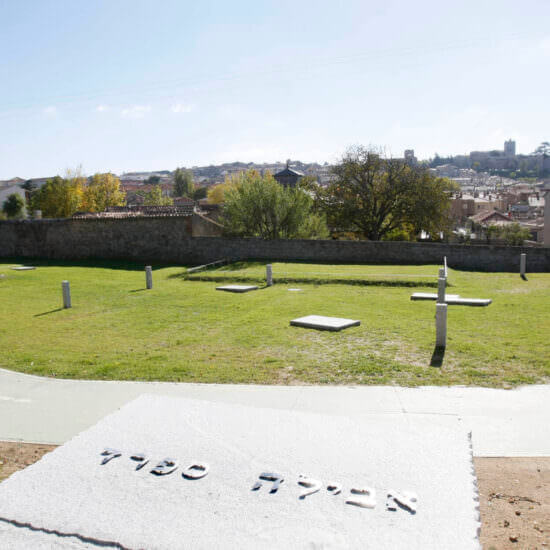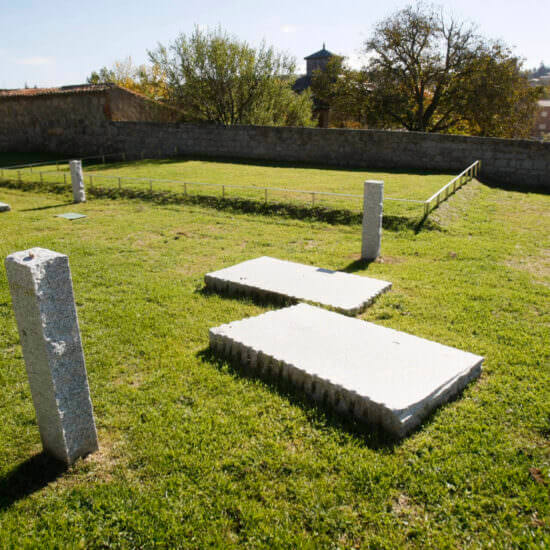Hebrew Avila
Ávila Jewish presence dates back to the early settlers of the XI century, in coexistence with Christians and Muslims in the eastern part of the walls, next to the Cathedral and the Great Market. In the XIV century, following the outward movement of population to the West, they were concentrated around the Mercado Chico Square. In the XV century they moved to Santo Domingo Street, until being relegated to the western part of the wall perimetrer, in the last decade of its presence in our country, generating a bounded Jewish area around the gate of Malaventura and Telares Street.
In the previous years to the expulsion , during the reing of the Catholic Monarchs, the aljama of Ávila was the most numerous of the crown of Castile. Numerous synagogues shared the urban space with mosques and Christians temples, and the Ancient Tanneraries of the arrabal of San Segundo, complex of artisans dedicated to leather tanning, were witness of the industrial activity of the Hebrew community.
Ávila was a center of intellectual and spiritual life, where important Talamudic school flourished. Here resided Moséh de León author of the Sefer ha-Zoharof Splendor, and Nissim ben Abraham, also known as the Prophet of Ávila, author of the Book of wonders of wisdom
Jewish Cemetery
In this fields located benind the Convent of la Encarnación, the archaeological fieldworks made in 2012, as a result of the works of the Colector Norte II, revealed an important number of funerary structures. These, belong to the necropolis of the Jewish aljama, whose community buried their dead in this space for at least the XII-XV centuries
The funerary ritual used is the burial, with tombs in rows, oriented W-E, directed to sun during the sunrise; in a unique level of burial above decomposed granite or “jabre”, sterile earth, according to the Hebrew precepts. Two types of tombs have been identified: staggered, characterized by included a step, normally in their north or south foreheads, and tombs excavated in a simple pit. Graves included some kind of sinaling in the outside, absent at the time of excavation, as a result of the dismantling of the cemetery after the Decree of Expulsion (1492).
Garden of Sefarad
The Garden of Sefarad is a landscape of commemoration, which is built in relation to the ancient city, facing the walls, in dialogue whit them.
A landscape of absence displaying a complex set of temporal overlap: The medieval time of the original cemetery, the subsequent time as landscape of disapperance and the current time regained. In the center of the garden stands a burial mound where the remains taken from the tombs were deposited. The rest of the garden evokes, using granite slabs and stelae, the landscape of the old cemetery. In different parts of the garden, including he two viewpoints, the hebrean text Avila-Sefarad appears.

















